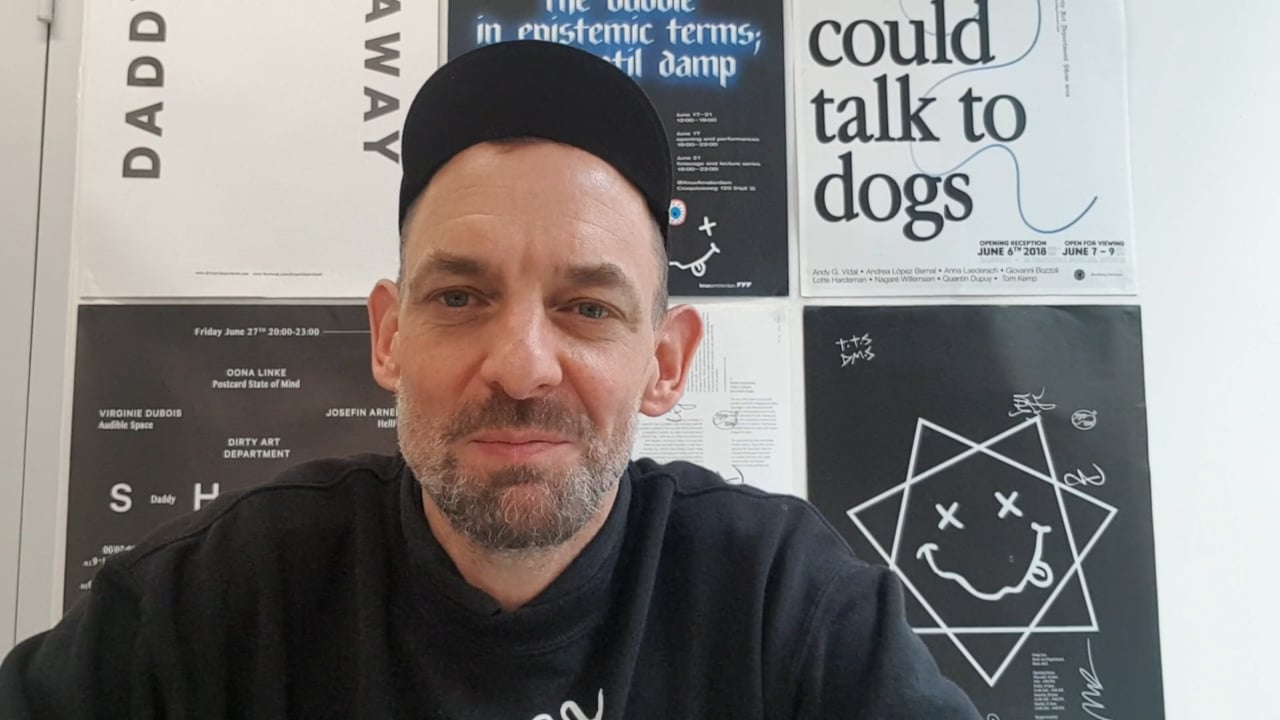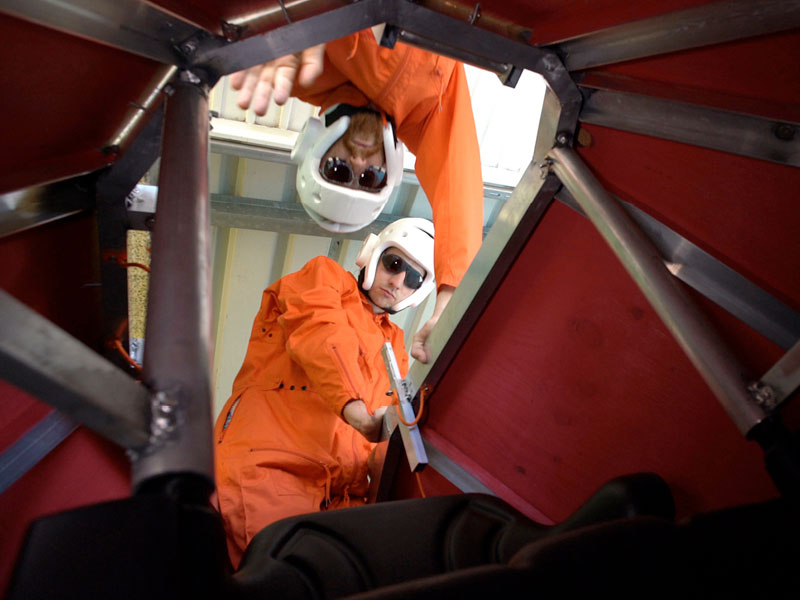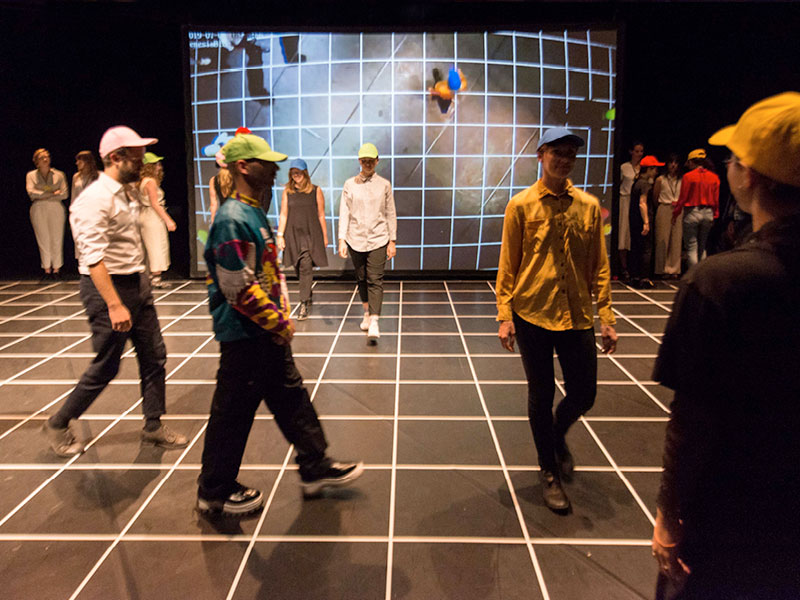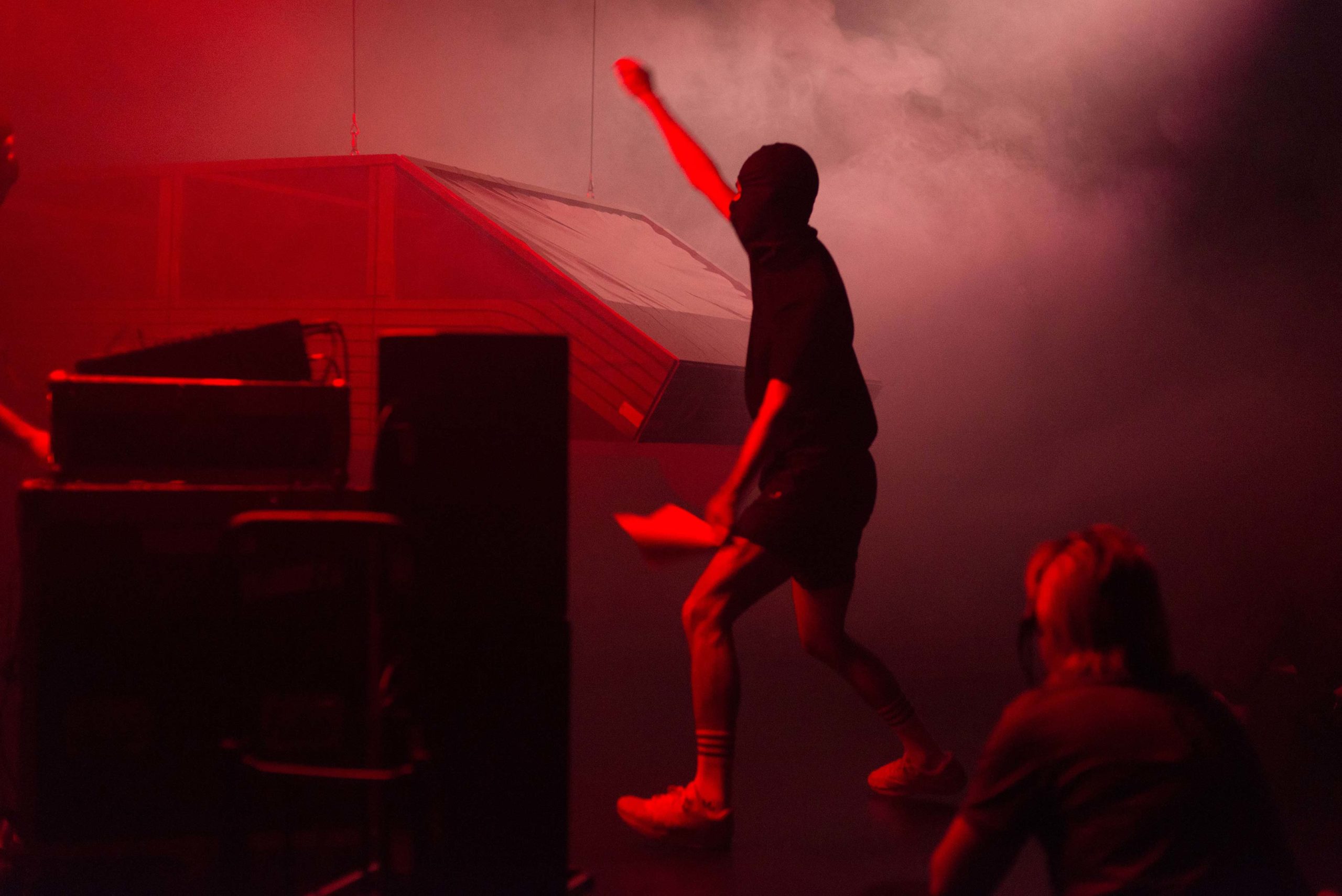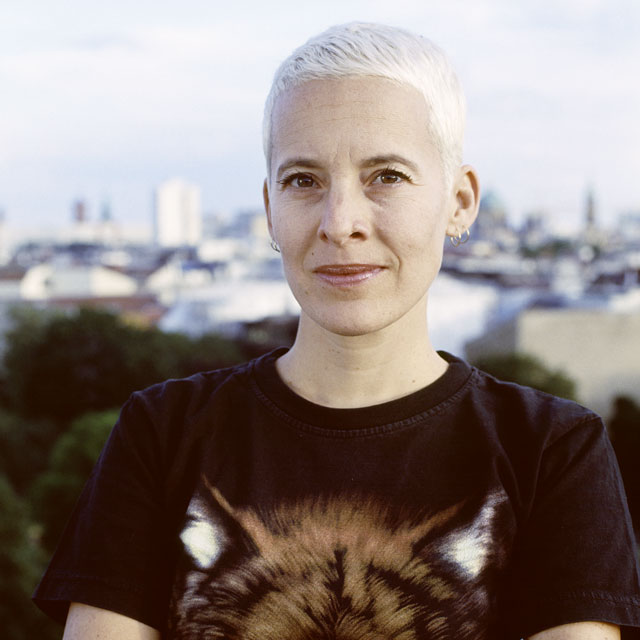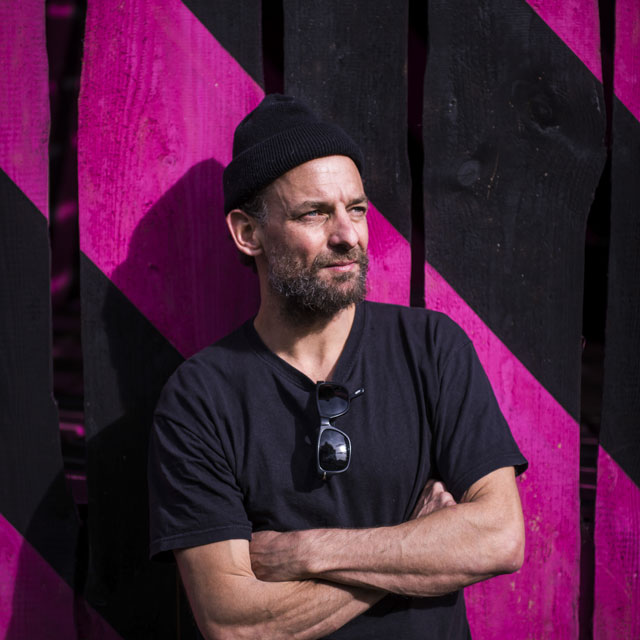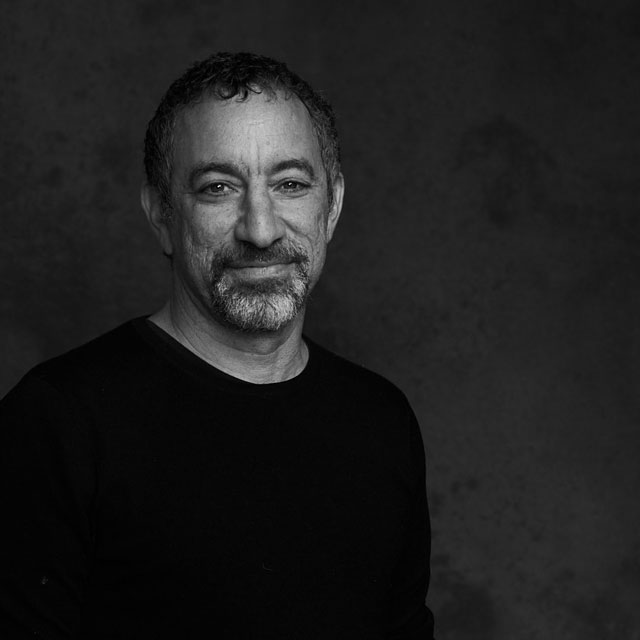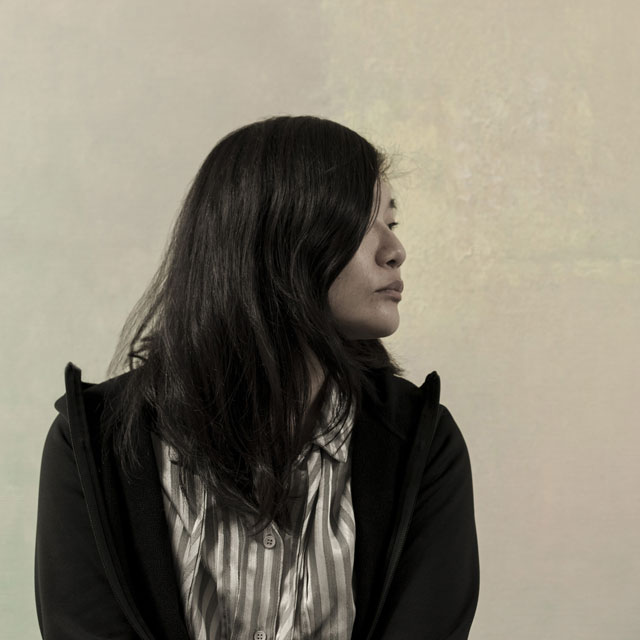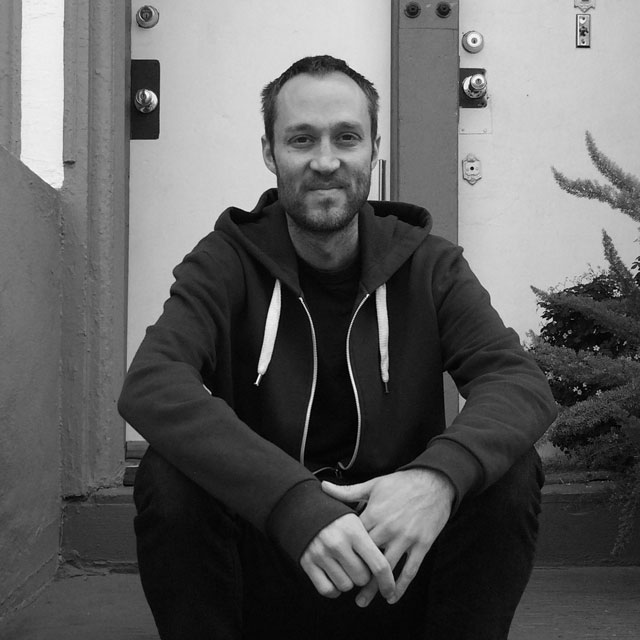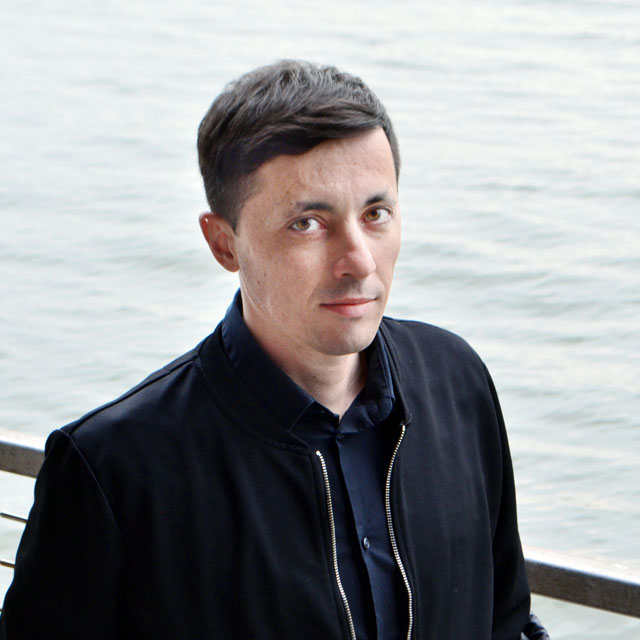“The Situationist International’s slogan ‘the only valid form of art is revolution’ should be equally applicable to design.”
Jerszy Seymour is an artist and designer in the expanded sense of the field, which he discusses through concepts such as the non-gesamt Gesamtkunstwerk, the every-topia, and constant humor. He often manipulates the means of production of industrial and postindustrial objects in his conceptually driven practice, which spans actions, interventions, and installations and covers a range of mediums and materials including film, performance, music, and writing.
In 2004 he formed the Jerszy Seymour Design Workshop in Berlin and embarked upon a series of experimental projects seeking to revitalize the position of design within society. One notable ongoing exploration centers on an imagined society of amateurs, and has been realized in evolving iterations beginning in 2008 with the exhibition “The First Supper” at the MAK, Vienna.
As an integral part of the philosophy of the Workshop, he teaches and gives workshops at the Royal College of Art in London, the Domus Academy in Milan, the ECAL in Lausanne, the HfG in Karlsruhe, HBK Saarbrucken, the Vitra Design Workshops in France, UdK in Berlin, and the Strelka Institute in Moscow. In 2011, as a further step within the ongoing Amateur project, Seymour created and is the director of The Dirty Art Department program at the Sandberg Institute/Rietveld Academy in Amsterdam.
Parallel to his conceptual practice, he has also designed products and strategies for companies including Magis, Vitra, and Alessi. His work has been exhibited in museums around the world including the Design Museum in London, the Vitra Design Museum in Basel and Berlin, and the Palais de Tokyo in Paris. His work can be found in the permanent collections of the Museum of Modern Art, New York; the Fonds National d’Art Contemporain, France; the Centre Pompidou, Paris; the MAK in Vienna; and the Musee d´Art Grand-Duc Jean, Luxembourg.

Seymour draws inspiration from models that propose alternative infrastructures, such as The Macao Organization in Milan. Run by an open assembly and registered as a corporation, the group of artists and thinkers created their own cryptocurrency and provide universal basic income to its members. Another example is the Turner Prize-winning architecture collective Assemble and their interventionist strategies in working with and supporting local communities. He also cites Ettore Sottsass’s series of drawings The Planet as a Festival as a utopian framing for his field of mentorship.

“If we consider design in its widest sense as how we inhabit the planet, and therefore also as how we inhabit our minds—as the two are inextricably linked—then we can say that the Situationist International’s slogan ‘the only valid form of art is revolution’ should be equally applicable to design,” he says. “The question is what form would a revolution take today.”
As a mentor, he is interested in project proposals that can both conceptualize the world we want to live in and suggest steps toward getting there. While re-questioning systems and rethinking existing models are important, the projects must be realizable, too.
Discover Jerszy Seymour’s Workshop

